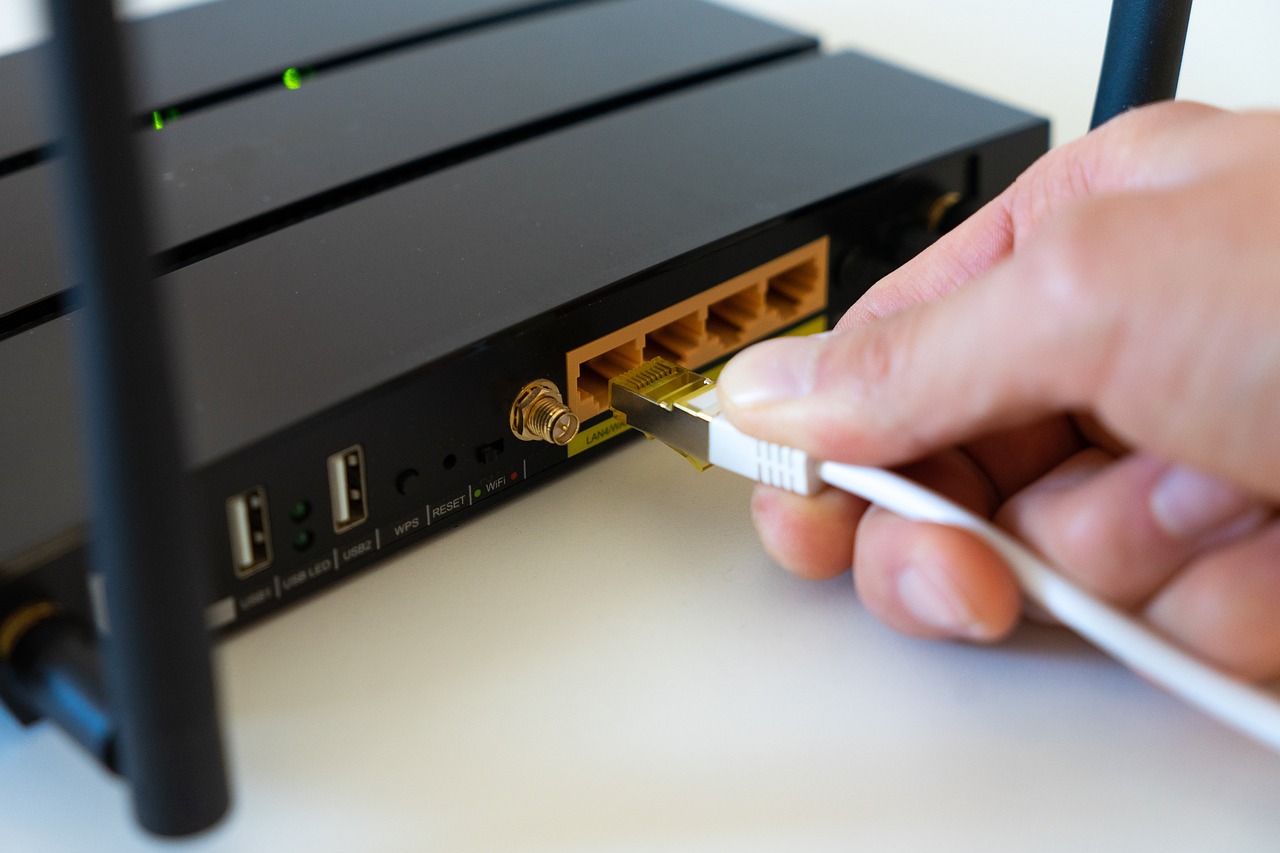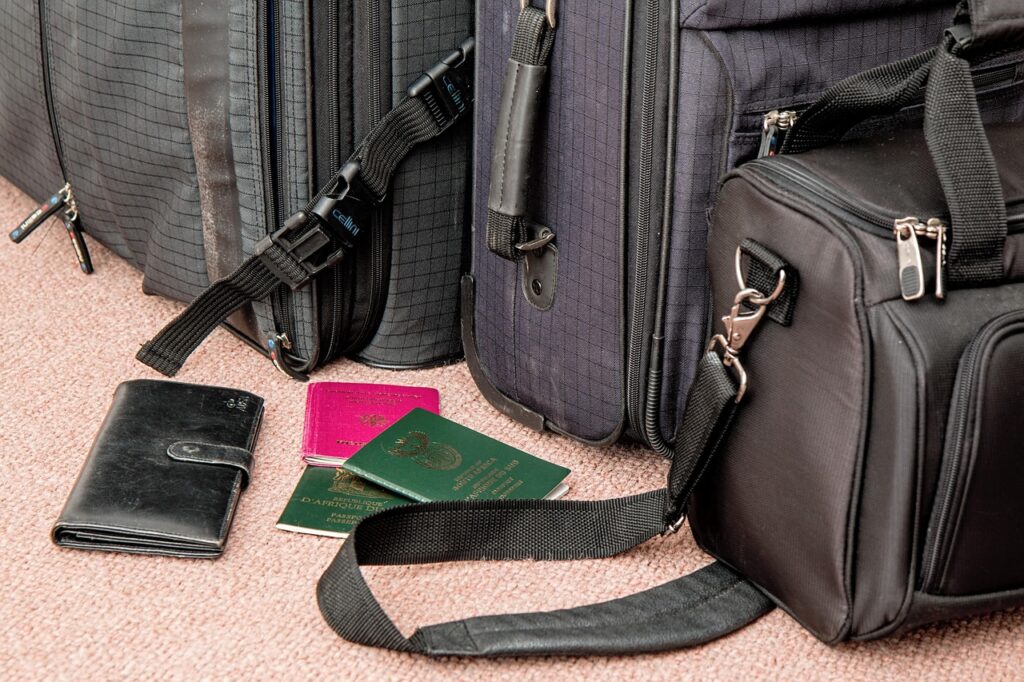You need a modem for Internet access. You need a router to give several devices Internet access.
For an Internet connection, you first need an Internet connection, which you can order from the Internet provider of your choice. To connect a PC, laptop, or smartphone to the Internet, you need a modem. You plug this into the Internet socket in your home using the cable supplied. However, you will also need a router if you want to connect several devices to the Internet simultaneously.
This means that if you really only want to connect one device to the Internet, you don’t need a router. Instead, you can connect one device directly to the modem (if a compatible connection is available). In practice, however, this is unusual as you usually want to connect several devices to the Internet.
Many routers have an integrated modem.
Most router models, such as the Fritzbox, already have an integrated modem, so you only have one device at home. The router is then connected to the DSL socket in your home using the DSL cable supplied.
The difference between a modem and a router
Everyone who uses an Internet connection also has a device called a modem. Modem is a compound word of “modulator” and “demodulator”. A modem, therefore, does two things:
・Demodulation: it converts the analog signals from the Internet via your DSL socket into digital signals because computers and network devices can only understand digital signals.
・Modulation: It converts the digital signals your home network devices want to send to the Internet via your DSL socket back into analog signals beforehand.
A router, on the other hand, is connected to a modem. It can extend the Internet connection to all your devices in the network, either via a WLAN connection (wireless access point) and/or via LAN cable (integrated ). A modem is also often integrated into routers, comprising several devices, especially in private households.
A router is usually simultaneously:
・A modem for Internet access,
・a router to provide Internet access to other network devices,
・a wireless access point to allow devices to communicate via WLAN,
・and a switch to allow network devices to communicate via LAN ports (1, 2, 3, 4, …).
Cable and DSL modem: What is the difference?
There are several types of modems. The two most common types of modems are DSL modems and cable modems. Depending on which type of Internet you use (DSL or cable), you will need the right modem:
・DSL modems use a classic telephone connection for the Internet connection.
・Cable modems use coaxial cable for the Internet connection.
Here, too, the corresponding modems are often integrated into router models. Example: The so-called Fritzbox Cable is a cable router and only works with a cable connection. The “normal” Fritzbox 7590 (without “Cable”) is a DSL router and only works with a DSL connection.
This post has already been read 3188 times!



